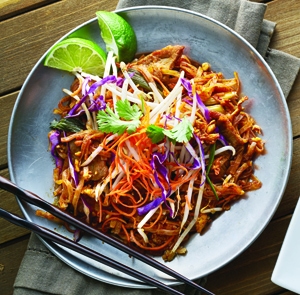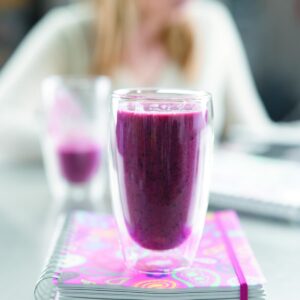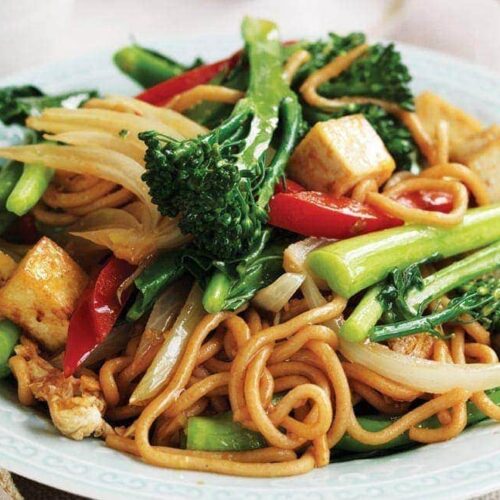
Everyone loves the punchy flavour of a Thai takeaway. We compare two classic dishes to see which is healthier.
Thai green curry

A typical version of this has wonderful fresh flavours of Thailand from ingredients such as coriander, chilli, lime, fish sauce and chilli paste, often with chicken or another protein and a few veges. The curry sauce is made from coconut cream.
vs
Pad Thai

Thailand’s signature noodle dish, with sweet, sour and salty flavours from tamarind paste, lime, peanuts, chilli, and fish sauce, along with interesting texture from rice noodles, bean sprouts, egg, and a protein such as prawns, tofu or chicken.
If you love Thai green curry, we suggest you save it for a special occasion.
Both green curry and pad Thai have the potential to be high in sodium, depending on the amount of fish sauce used.
Pad Thai is a better option, but with either of these, some extra veges are essential.
Click here for more Thai-inspired healthy recipes.
www.healthyfood.com










